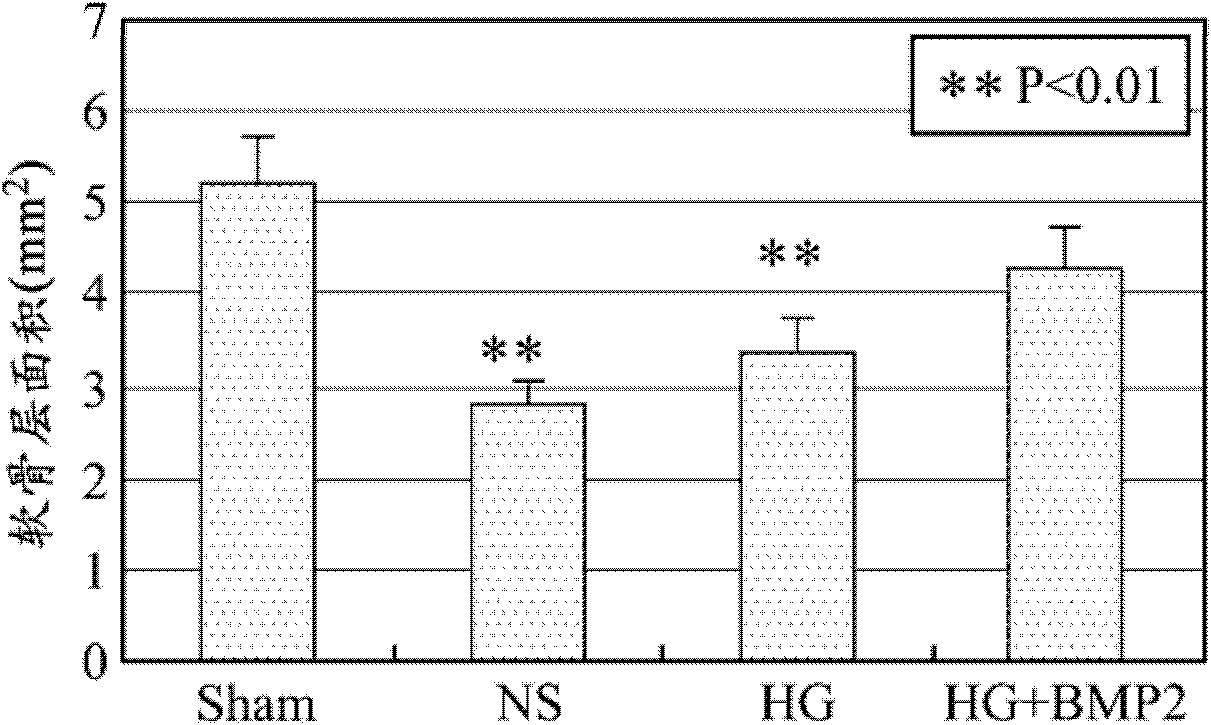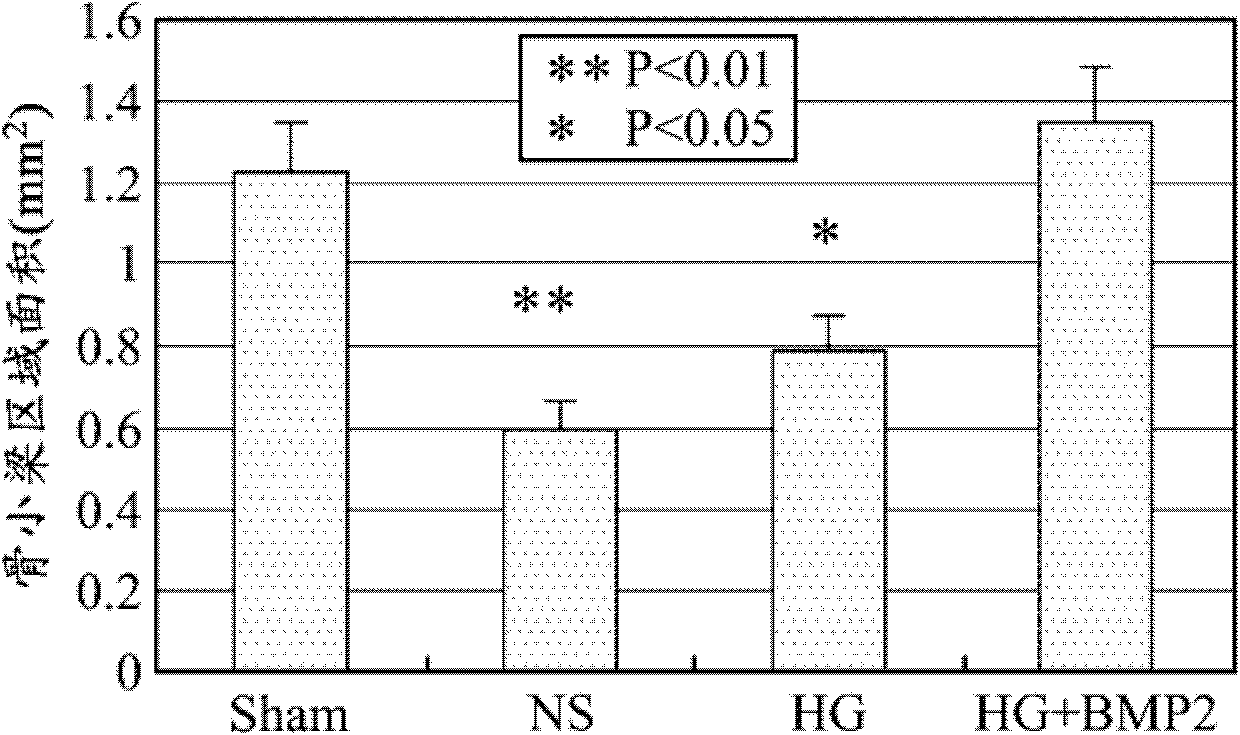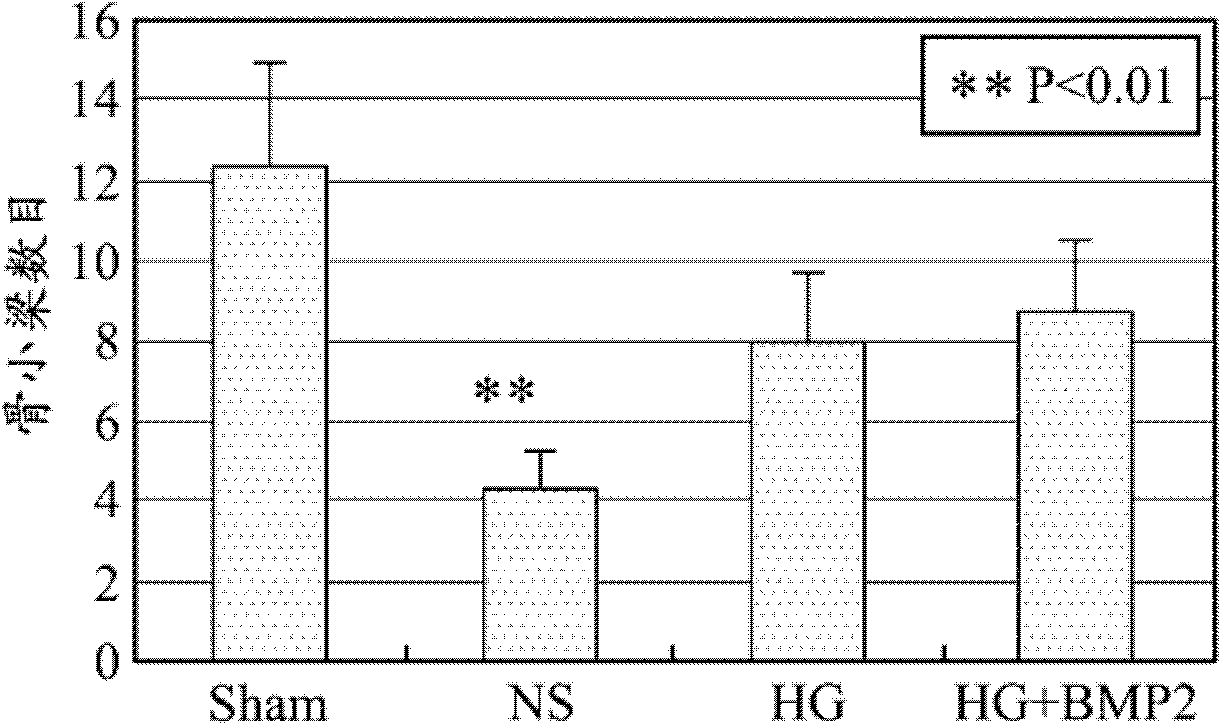Thermal responsive composition for treating bone diseases
A combination and sensitive technology, applied in bone diseases, drug combination, tissue regeneration, etc., can solve problems such as prolonging recovery time
- Summary
- Abstract
- Description
- Claims
- Application Information
AI Technical Summary
Problems solved by technology
Method used
Image
Examples
Embodiment 1
[0046] The reactor is connected with a condenser, a heater and a temperature controller, and the condenser is wrapped with a heating tape, and the monomers precipitated through the condenser during the reaction process are melted back. The reactor is a 250ml columnar glass vessel (8cm×8cm×10cm). Mechanical agitation is used to carry out the polymerization reaction. Before the polymerization, the temperature is raised to 110° C. and nitrogen gas is passed for 30 minutes to remove impurities and moisture.
[0047] First, 10.04g mPEG (methoxy poly(ethylene glycol) (molecular weight: 550g / mole), 20g lactide (Lactide) and 5.64g glycolide (Glycolide) were sequentially added into the reactor, and the temperature was raised slowly until complete Dissolved. The temperature continued to rise to 160 ° C. At this time, 14.0 μl of the catalyst 2-ethyl-hexanoate (Stannous 2-ethyl-Hexanoate) was added, and the reaction was carried out for 8 hours (lactide and glycolide were polymerized into p...
Embodiment 2
[0054] The reactor is connected with a condenser, a heater and a temperature controller, and the condenser is wrapped with a heating tape, and the monomers precipitated through the condenser during the reaction process are melted back. The reactor is a 250ml columnar glass vessel (8cm×8cm×10cm). Mechanical agitation is used to carry out the polymerization reaction. Before the polymerization, the temperature is raised to 110° C. and nitrogen gas is passed for 30 minutes to remove impurities and moisture.
[0055] First, 11.18g mPEG (methoxy poly(ethylene glycol) (molecular weight: 550g / mole), 20g lactide (Lactide) and 8.57g valerolactone (Valerolactone) were successively added into the reactor, and the temperature was raised slowly until complete Dissolved. The temperature continued to rise to 160°C. At this time, 16.0 μl of the catalyst 2-ethyl-hexanoate (Stannous 2-ethyl-Hexanoate) was added and reacted for 8 hours (lactide and valerolactone were polymerized into poly(valerola...
Embodiment 3
[0061] The reactor is connected with a condenser, a heater and a temperature controller, and the condenser is wrapped with a heating tape, and the monomers precipitated through the condenser during the reaction process are melted back. The reactor is a 250ml columnar glass vessel (8cm×8cm×10cm). Mechanical agitation is used to carry out the polymerization reaction. Before the polymerization, the temperature is raised to 110° C. and nitrogen gas is passed for 30 minutes to remove impurities and moisture.
[0062] First, 12.01g PEG (poly(ethylene glycol)) (molecular weight 1000g / mole), 25.0g lactide (Lactide) and 5.68g glycolide (Glycolide) were sequentially added to the reactor, and the temperature was raised slowly until completely dissolved. The temperature continued to rise to 160°C. At this time, 17.07 μl of a catalyst, Stannous 2-ethyl-Hexanoate (Stannous 2-ethyl-Hexanoate), was added and reacted for 8 hours. After the reaction was completed, 4.81 g of succinic anhydride ...
PUM
 Login to View More
Login to View More Abstract
Description
Claims
Application Information
 Login to View More
Login to View More - R&D
- Intellectual Property
- Life Sciences
- Materials
- Tech Scout
- Unparalleled Data Quality
- Higher Quality Content
- 60% Fewer Hallucinations
Browse by: Latest US Patents, China's latest patents, Technical Efficacy Thesaurus, Application Domain, Technology Topic, Popular Technical Reports.
© 2025 PatSnap. All rights reserved.Legal|Privacy policy|Modern Slavery Act Transparency Statement|Sitemap|About US| Contact US: help@patsnap.com



